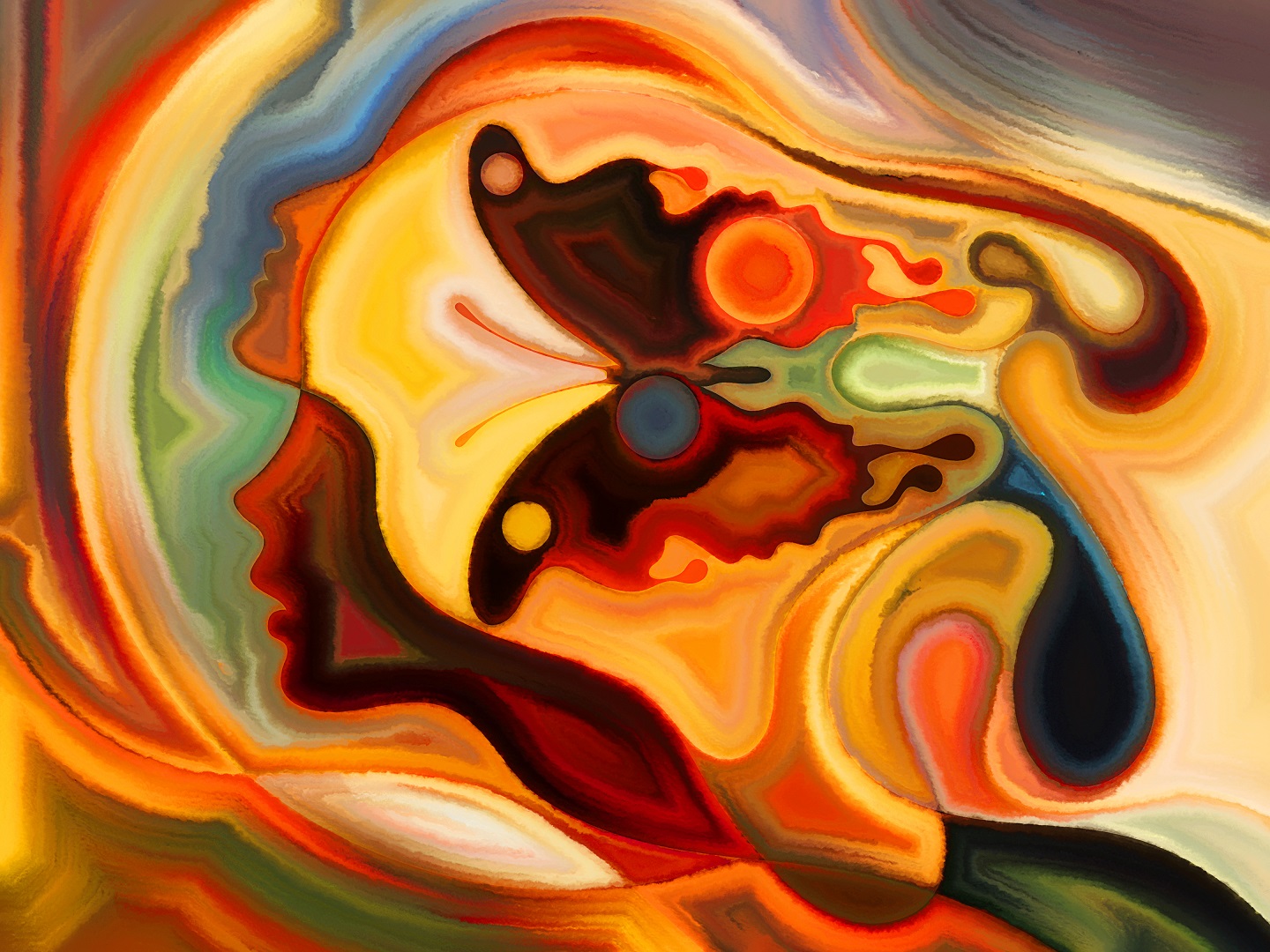 Anomalous healings seem to be cross-cultural and transgenerational phenomena. Under the contemporary medical model they are usually construed as “spontaneous remissions” of cancerous tumors, recoveries, and alterations in normatively unchangeable body processes like rapid wound healings (Krippner and Achterberg, 2000). On the other hand the associative techniques and practices which have been used to induce them include, among other things, spirit evocation, radionics, prayer, natural and artificial prescriptions, laying of the hands over an individual [modern-day Reiki], sheer conation, and spiritual or religious pilgrimages to holy sites like Mecca, the island of Tinos in Greece, and Jerusalem (Solfvin, 1984). Perhaps the closest anomalous healing investigation ever got to the purview of orthodox medicine was when Benjamin Franklin and the French Royal Commission initiated an official inquiry into the efficacy of Mesmer’s animal magnetism and [quite ironically] attributed its potent effects to the domain of human imagination (Green, 2014). There’s no shortage of anecdotal literature disseminated about the efficacy of nonconventional treatments and a whole gamut of published reports on empirical data which support these claims, including about eighty randomized control trials (Dossey, 2008).
Anomalous healings seem to be cross-cultural and transgenerational phenomena. Under the contemporary medical model they are usually construed as “spontaneous remissions” of cancerous tumors, recoveries, and alterations in normatively unchangeable body processes like rapid wound healings (Krippner and Achterberg, 2000). On the other hand the associative techniques and practices which have been used to induce them include, among other things, spirit evocation, radionics, prayer, natural and artificial prescriptions, laying of the hands over an individual [modern-day Reiki], sheer conation, and spiritual or religious pilgrimages to holy sites like Mecca, the island of Tinos in Greece, and Jerusalem (Solfvin, 1984). Perhaps the closest anomalous healing investigation ever got to the purview of orthodox medicine was when Benjamin Franklin and the French Royal Commission initiated an official inquiry into the efficacy of Mesmer’s animal magnetism and [quite ironically] attributed its potent effects to the domain of human imagination (Green, 2014). There’s no shortage of anecdotal literature disseminated about the efficacy of nonconventional treatments and a whole gamut of published reports on empirical data which support these claims, including about eighty randomized control trials (Dossey, 2008).
Anomalous healings, it seems, are veridical and the mental intention underlying it, whether individual or collective, conscious or nonconscious, may impact biological systems. The implication here is that everything in the cosmos is interconnected; that there is no clear dichotomy between mind and matter; and that there must be an entanglement of mind-matter in a collective unconscious. Lamentably, however, when it comes to anomalous healings the underlying mechanism/s of action remain unknown (Krippner and Achterberg, 2000). We don’t know how nonphysical thoughtforms impact the immune system, if the operation involves intermediate mechanisms, or if a particular energetic threshold must be surmounted for the nonphysical to interact with the physical on a subtle, micro- or subatomic level. We also don’t know whether intentionality effects differ for specific illnesses, conditions, or disabilities, and what their exact limitations are.
To my knowledge, there are controlled experimental studies on the subject that have yielded some pretty interesting information. Daniel Worth, for instance, designed a well-controlled study to examine the effect of therapeutic touch on biopsy wounding (Heath, 2011). Methodological rigor was fairly prominent because he used a double-bind approach, randomizing subjects into control and treatment groups, along with deception to eliminate placebo effects. The study yielded significant results, with the experimental group displaying a statistically verifiable increase in the rate of healing roughly eight days after being punctured (p<.001). Consequently, the majority of patients in the experimental group returned to healthy functioning much faster than those in the control group and were completely healed by the sixteen day mark (p<.001). Worth’s significant findings seem to vouch for the idea that nonphysical mechanisms other than the placebo phenomenon play a role in anomalous healing.
Obviously the aforementioned phenomenon supports the contention propounded by Barušs and Mossbridge (2016) in their book where they assert “that the deep structures underlying our waking consciousness are fundamentally spatially and temporally nonlocal in nature” (p. 81). They also argue for the existence of “an unconstrained mind that is directly connected to other minds, probably outside the usual confines of space and apparent time” (p. 177). Indeed, only a nonmaterialistic, nonlinear universe supporting system entanglement correlations and the entanglement of minds in a collective unconscious can adequately explain anomalous events where there is some kind of top-down transfer of nonphysical energy between biophysical systems which our normative neurophysiological patterns of perception usually appraise as discrete functional units. Nonlocal minds could, in theory, influence the much denser vibrations of energy [matter] which subsist in indeterminate quantum states. Phenomena like anomalous healings would not be possible under the constraints of a Cartesian-Kantian epistemological universe presupposing that matter is primary and mind, intentionality, and thought-desires, nothing but epiphenomena of random brain signaling. Mind then must be primary, not secondary as the orthodox practitioners of science would have us believe.
References
Barušs, I., & Mossbridge, J. (2016). Transcendent mind: Rethinking the science of consciousness. American Psychological Association.
Dossey, L. (2008). Healing research: what we know and don’t know. Explore: The Journal of Science and Healing, 4(6), 341-352.
Green, J. P., Laurence, J. R., & Lynn, S. J. (2014). Hypnosis and psychotherapy: From Mesmer to mindfulness. In Psychology of Consciousness: Theory, Research, and Practice, 1(2), 199.
Health, P. R. (2011). Mind-matter interaction: A review of historical reports, theory and research. Jefferson, NC: McFarland & Company.
Krippner, S., & Achterberg, J. (2000). Anomalous healing experiences. In Varieties of anomalous experience: Examining the scientific evidence, 353-395.
Solfvin, J. (1984). Mental healing. In Advances in parapsychological research, 4, 31-63.








